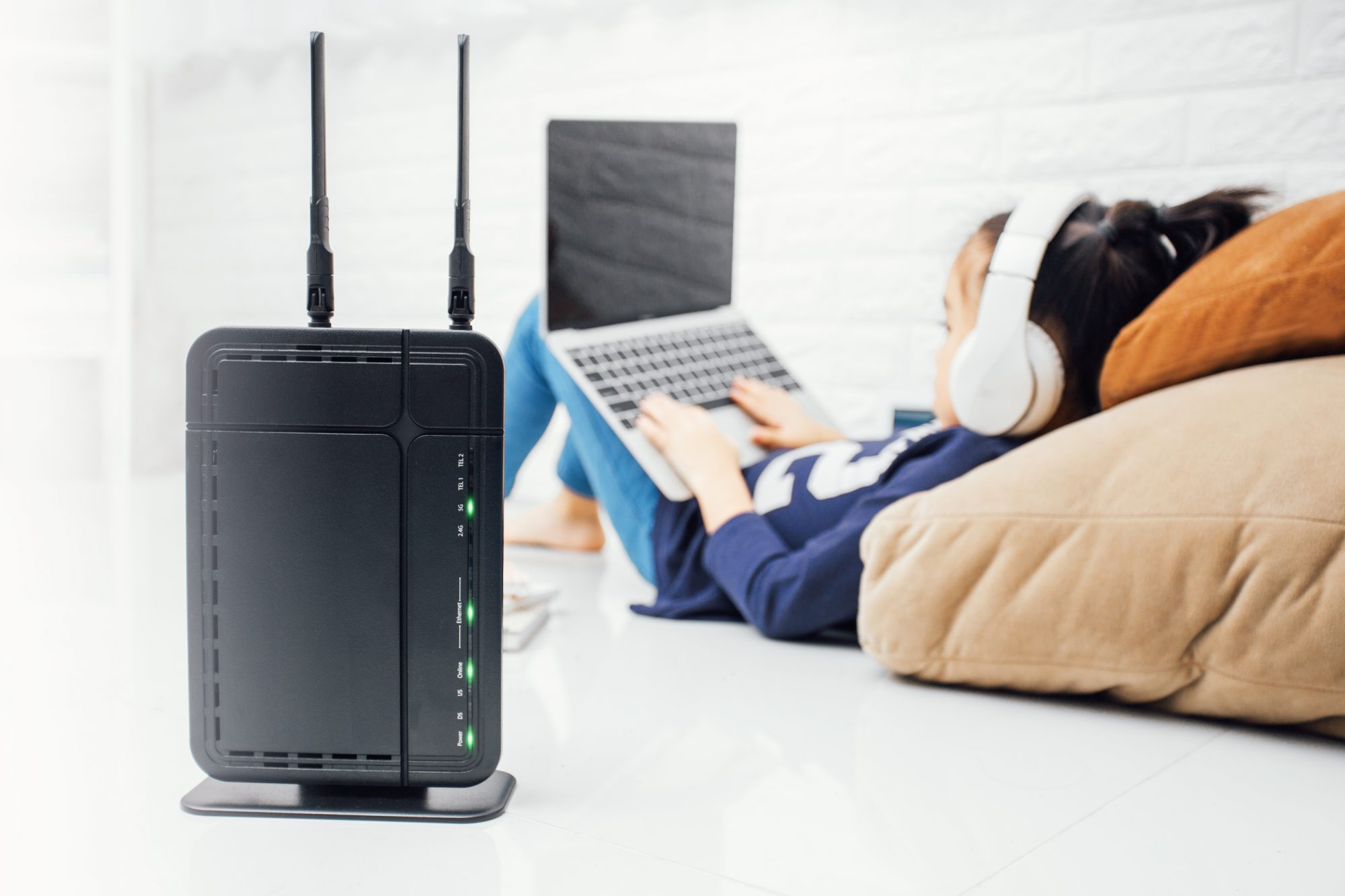A WiFi and a broadband may sound like the same thing, especially when both allow you to browse the exciting minefield that is the Internet. For example, after you just purchased a Time fibre unlimited broadband Malaysia. While both do share the same purpose, they are still noticeably different in their own ways.
In a nutshell, a WiFi is a wireless connection in your home or business that uses radio waves to transfer data into your phone with a modem or router without wires. A broadband is an open internet connection that your modem/router uses to transmit data from your house to the wider world with high speed internet.
WiFi
As mentioned before, WiFi relies on a device such as your router to wirelessly connect to the Internet. You don’t need to sign up to an internet provider to use WiFi. If you are in your friend’s home, for instance, you just need to enter their WiFi’s SSID name and the correct password.
WiFi is very portable as you can go anywhere and still get a high speed connection as long as your connection is in the range of the router.
You may be curious about the 2.4Ghz and 5Ghz symbols sometimes found in a WiFi’s SSID name. This represents frequency bands, where the former is for longer distances and lower bandwidth, while the latter for shorter distances and higher bandwidth.
WiFi is pricier than broadband, and it can face network blockages. The four types of WiFis are 802.11a, 802.11b, 802.11g and 802.11n.
Broadband
A broadband is a physical and wired connection that can be considered as an unlimited internet service due to its uninterrupted service. In earlier times, dial ups were the method to connect to the Internet but not always as expected by the users. While earlier models were frustrating to use since users had to hang up their phones to use them, today’s models come in two separate parts for the Internet and phone respectively.
Unlike WiFi, a high speed internet connection is always available, though its mobility is limited as it must remain connected to the device to work, much like a one way street. Network blockages are less frequent and it is cheaper compared to WiFi. The four common forms of broadband are DSL, cable, fiber optic and satellite.
To access broadband, you must be subscribed to an internet service provider.
You may be familiar with the term wireless broadband. Is it similar to WiFi? Not exactly.
Wireless Broadband

A wireless broadband is just that: a broadband without wires. It is a type of internet connection that uses either 4G, 5G LTE or satellite networks to work. The different frequencies provided by every connection affects the internet speeds and ranges with varying results.
A wireless broadband is more mobile as you can take it and set it up anywhere, even on the move. However, while a wired broadband’s connection isn’t affected by weather, the same cannot be said to this version. Furthermore, the distance from 4G or 5G cell towers and area coverage further impacts the speed of connectivity.
Rather than speed, a wireless broadband is priced based on the amount of data through zdata plans, such as 1GB or 10GB per month.
